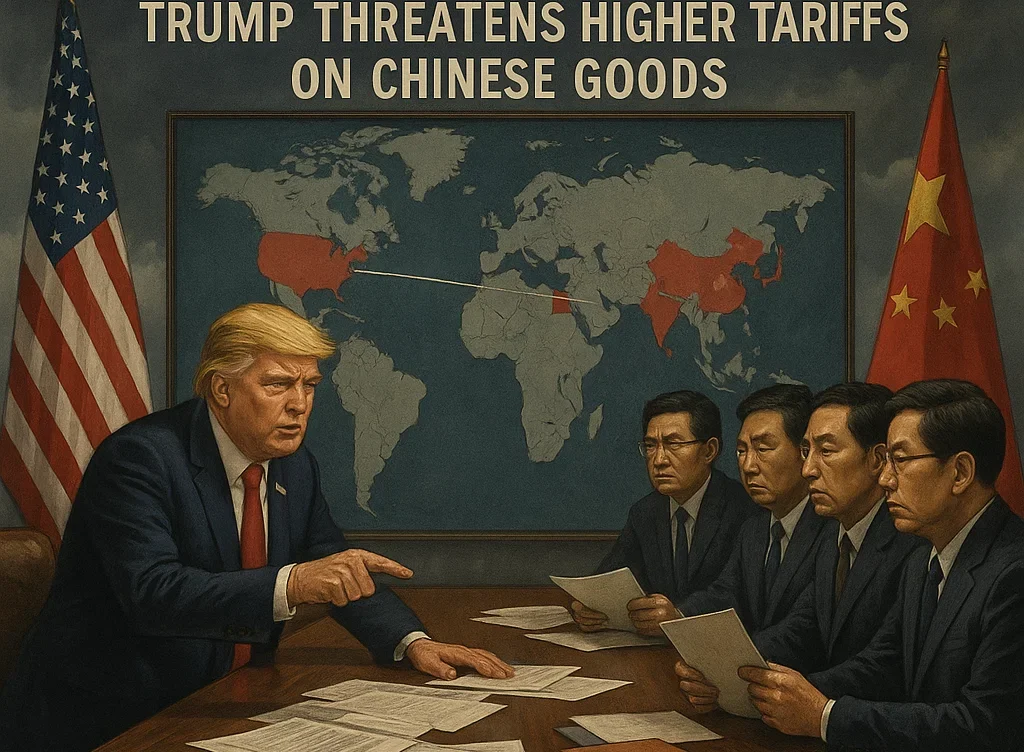
What If the Deal Fails? Trump Threatens Higher Tariffs on Chinese Goods
After the recent Geneva trade talks between China and the U.S., President Donald Trump made a strong statement: if no substantial agreement is reached, tariffs on Chinese goods will be raised—possibly to over 50%.
This announcement marks a familiar turn in U.S. trade strategy, reminiscent of Trump’s earlier approach during his first term. Here’s what it means for global trade, supply chains, and cross-border sellers:
The Warning Shot: Leverage Through Tariffs
President Trump’s message is clear: no deal, no relief. Instead, more pressure. By threatening increased tariffs, the U.S. aims to force Beijing into concessions on key issues:
- Fentanyl control
- Trade imbalance
- Intellectual property enforcement
- Market access and industrial subsidies
This tactic has worked before, but it also raises uncertainties for businesses that rely on China as a manufacturing base.
What Happens If Tariffs Rise?
- Cost Surge for Importers
Importers could face a 50%+ tariff on a wide range of goods—from electronics to home furnishings. For example, a $100 item could incur an extra $50 in duties. - Reshuffling of Supply Chains
Companies may once again consider shifting operations to Southeast Asia, Mexico, or India to avoid U.S.-China trade friction. - Acceleration of Transshipment
There’s a growing concern that products made in China are rerouted through countries like Vietnam or Thailand to bypass direct tariffs. U.S. customs may increase inspections. - Currency & Market Volatility
News of rising tariffs can shake financial markets. Exporters may also face rising currency risks as the RMB reacts to political developments.
A Political Strategy, or a Real Threat?
Many analysts believe this is part of Trump’s negotiation style—applying pressure before offering any concession. Still, the risk is real. If talks stall, tariffs may go up as early as Q3 2025, affecting peak shipping season.
What Can Businesses Do Now?
- Diversify Suppliers
Don’t wait for the next round of tariffs. Start exploring alternative sourcing options. - Plan for Higher Duties
Calculate potential costs if tariffs increase and prepare your customers or partners. - Watch the Timeline
The Geneva talks made progress, but more rounds are coming. The next 60–90 days will be critical.
Final Thoughts
The threat of higher tariffs may just be part of the negotiating game—but the risks are very real for global traders. If you’re involved in cross-border shipping, now is the time to act, not wait.
At Zcyt Logistics, we’re helping clients stay ahead—through smart routing, compliance advice, and fast customs clearance. Need help navigating the next policy wave? Contact us today.
